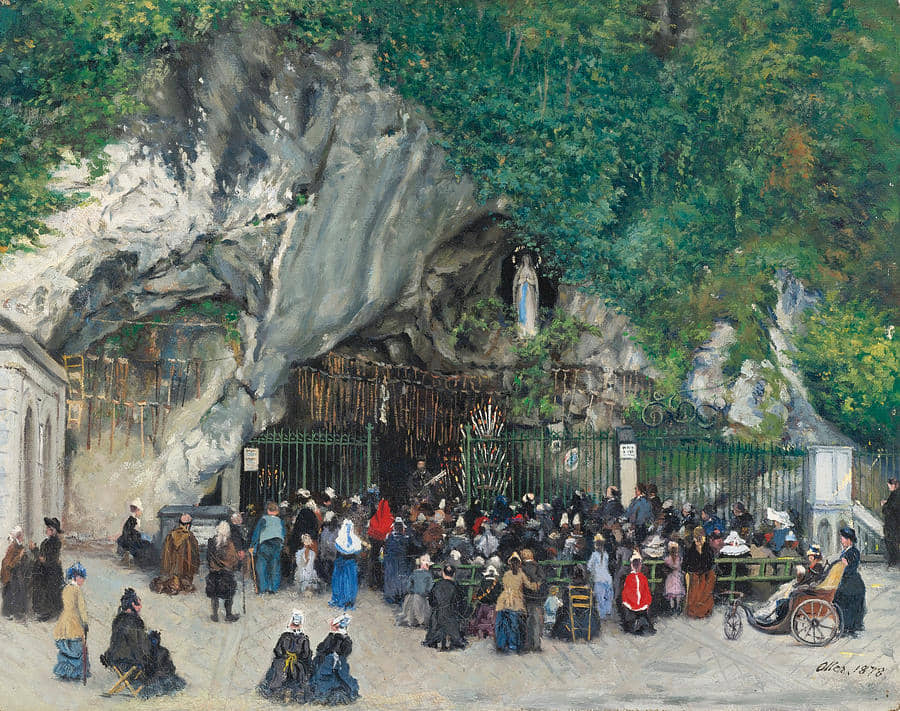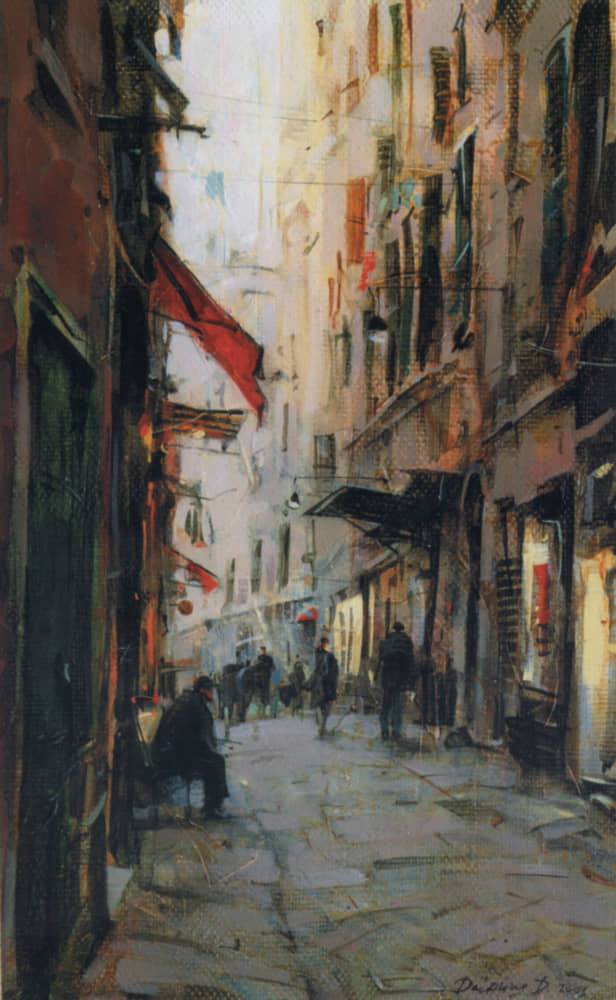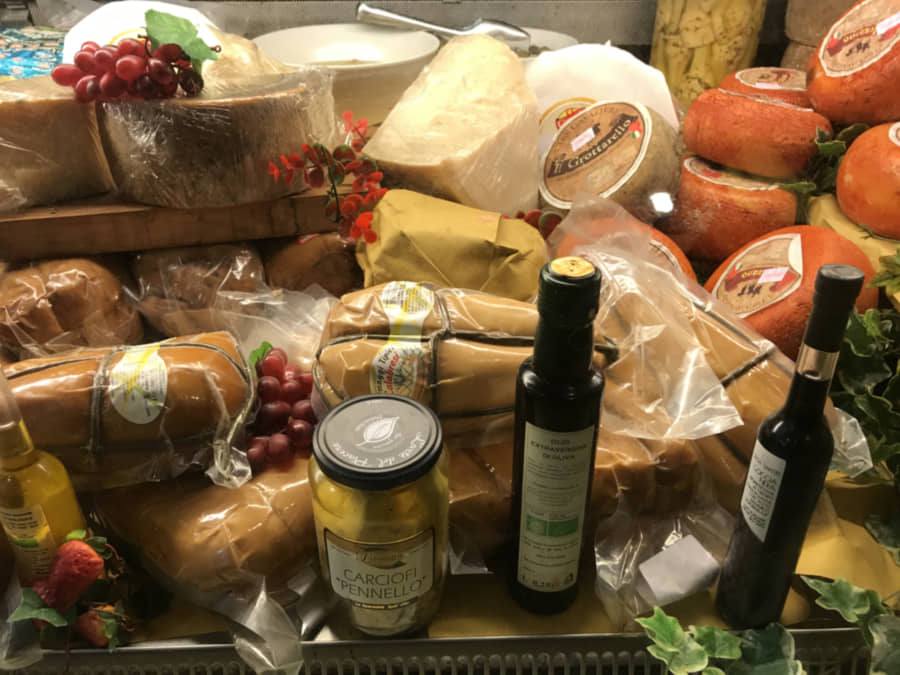Several years ago, on a solitary pilgrimage to France, I spent an afternoon sitting before the Holy Grotto at Lourdes and praying upon the many, many petitions that I carried with me in two great manila envelopes. I was very much moved by my parishioners’ expressions of faith in, and love for, Our Lord and Our Lady. Each of their notes and letters, signs of interior devotion, was attentively left at the special place designated for such messages within the Grotto itself, just a few feet away from where the Virgin had stood and St. Bernadette had knelt during the apparitions of 1858. Lourdes never fails to inspire. There is such a tremendous outpouring of love and charity here that no one can honestly deny the presence and action of the Holy Spirit.
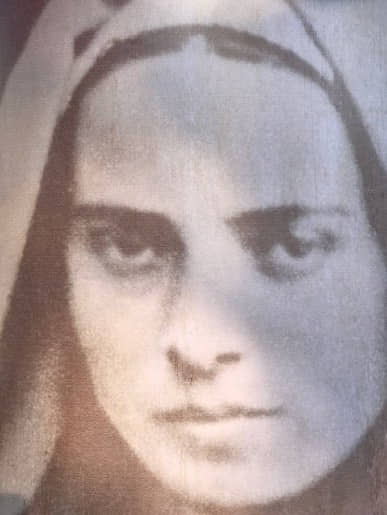
One night, after the iconic candlelight procession, I encountered a Chinese couple named Kang and Yan. They had been enticed away from the hustle and bustle of Paris to the mystique of Lourdes. The husband had been exposed to Catholicism in Hong Kong but was a non-Christian. His wife, Yan, came from mainland China, just next to the North Korean border. She actually showed me on her iPhone a fascinating photo that she had taken of the People’s Paradise from across the river that separates her Chinese hometown from that de facto nation prison camp. Her parents are Communist Party members and she was raised in an atheistic home. But she was deeply moved as she stood before the Holy Grotto. Kang could not cease commenting about the evident power of Lourdes, and aptly noted that the countless volunteers who care for the sick are in a way proof of the veracity of the apparitions.
During my stay I was lured away by beckoning friends to spend a few days in Paris, although I was reluctant to leave Mary’s peaceful enclave in the picturesque Pyrenees mountains. The “City of Light” is a looming magnet and is the heart of the revolutionary engine of 1789. Still, I took the slow train to Bordeaux and then the lightning-fast TGV northwards to Paris and plunged into the secular arena.
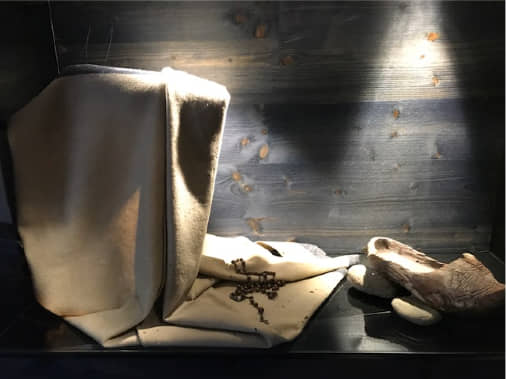
Arriving, I walked out of the Montparnasse train station and was quite surprised when the first thing I heard was a plaintive call, “Bonjour, mon Père,” I turned to see a young Frenchman looking at me hoping for a few Euros. Yet he was not typically bedraggled (at least not outwardly). We began to chat and I encountered a life that had spun out of control and was caught in the web of disorder. Hunger made its imperious demands and he was in the humiliating state of holding out his hand for help. I asked if he would like a blessing, and he responded, “No, I am an atheist. I have seen too much suffering to believe in God.” I repeated my offer, this time looking more intently at him. He paused, then with bowed head, said, “Oui, mon Père…” My trip thus began by blessing an uncertain atheist in the streets of Paris.
On the steps of the glorious church of la Madeleine a very distressed young Frenchman frantically approached me. He wore a beard and a longish topcoat that gave him the appearance of a 19th Century rationalist. He told me of his alienation and despair. For a moment he began to ramble about Nietzsche but then desperately asked me if God really exists. It was another moment of unexpected humanity and Christianity. I put a few coins in his hand and laid my own upon his head in blessing.
I will always wonder if his presence on those church steps revealed the Hand of the Good God drawing him away from nihilist darkness towards the Light from Light.
Back safely at Lourdes again, one fair morning I found myself standing alone in a little park before a statue of St. Bernadette. But I was outside of the “pilgrim zone” of the village. Suddenly I was approached by a different sort of Frenchman. He must have seen his opportunity to pounce since I was isolated for the moment from the protective pious throngs. At first, I could not catch his slurry patois, but it was evident that he was an anti-clerical and was berating our Holy Religion. I wanted to be sure I understood him before I responded, so I explained that I was not French and could he speak more clearly, s’il vous plait. He said with obvious disdain, “What are you then, Italian?” Taking that as the one compliment I’d get from this unpleasant encounter, I nevertheless answered, “Je suis américain.” At this he bellowed, “C’est pire!!” (That’s even worse!). And then a new torrent of abusive language poured forth.
Now here I must interject that being Catholic and American is something I thank God for every day. The virtue of patriotism demands at least that of any man. For patriotism, love of country, is an essential ingredient to uprightness of character. Even more so is love of our higher country, that indefectible Kingdom of God which is the Church of Christ.
Patriotism is not quite nationalism. It is a moral virtue akin to filial piety writ large. Patriotism does not despise the patriotism of another country. Nor is patriotism naïve to the continual necessity of bettering one’s native land and mores. In fact, as an American patriot I appreciate and hope to be enriched by the patriotism of the French. One can have a hierarchy of loves that are not mutually opposed. I am an American patriot, but I also have a deep love for France, along with all that which is good and noble in its people, history, culture, language and religion. And as a Catholic priest, France has a claim on me as La Fille aînée de l’Église (“the Eldest daughter of the Church”).
All this is in my heart and mind. But my apoplectic Gallican interlocutor—un véritable bête noir—apparently had not evolved past brute to the level of authentic human sophistication that would have enabled him to engage in the least modicum of proper human discourse with a stranger. He was a bleak contradiction of all that was noble in his own land. He chose, instead of gracious hospitality, the barbarity of gratuitously assailing someone he did not even know, indeed, a visitor who had come in good will to honor la Belle France and its people.
I said simply in response to his anti-Catholic and anti-American slurs, “C’est pas vrai…” (“What you say is not true…”). His rage boiled over and he began shouting louder. He was losing it. I chose to walk away yet he followed close upon me. I was wondering where this was going to end up because he was menacing me physically at this point. And to be honest, I was asking myself how my old Tae Kwan Do moves could be managed in a cassock, but decided this would produce quite an awful headline. I said to him, “Que Dieu vous benisse,” and made my escape. He roared at me as I turned the corner and slipped out of danger’s way.
This particular member of homo sapiens had really disturbed me, my spiritual force field had been punctured. I stopped momentarily on the sidewalk to consider what had just occurred. I resolved to return to the park, when suddenly before me blocking my way were two kindly, smiling Sicilian faces of an elderly husband and wife on pilgrimage. They greeted me warmly and immediately we were immersed in a lovely conversation about the Faith and Our Lady and all things beautiful and good. God sent them just in time, literally within minutes of a near disaster in the park.
I continued down the sidewalk and headed back to the safety of the Grotto (I needed to talk about this with Our Lady), when I came across an old man begging, yet another gypsy. His name was unusual, something like “Geor.” He was clearly not faring well and needed someone to care that he existed, at least for a moment. We exchanged a few words and I gave him something to help him. Then I blessed him. He took my hand and kissed it and tears welled up in his eyes.
Still contemplating the vitriol to which I had been subjected in the park, I ran into a rotund, avuncular, italianissimo priest, who asked, “Ma che c’è, fratello mio? Che succede?” (What has bothered you, brother?). I told him about the enraged Frenchman who had accosted me. The good Padre immediately took me for a cappuccino and lent a listening ear until my nerves were sedated. His quintessentially “good Italian padre” approach rescued me from my temporary discombobulation. In turn, I had rescued him from the trinket shops—a fair sacerdotal exchange.
This all happened within a space of 30 minutes during my morning walk.
France is a culturally and religiously occupied territory. The destructive spirit of 1789 has to have had something to do with the poison coursing through the veins of the angry man in the park. The very Church of God, which made France great (not perfect) for over a millennium, has been undermined and attacked in this country for far too long. The secular ruling elite have banished the Gospel from public life and horribly twist the people’s perception of what is in fact the best thing that has ever happened to them, viz., their conversion to the Faith.
They are so fanatical about this suppression of Catholicism that they cannot see that only the Faith will be able to save them from the twofold jeopardy of laicisme and islamisme, or whatever it is that is bothering them. Each one of us is created imago Dei—children of God with a destiny in Christ Jesus. Understanding this is key to finding our way out of Europe’s existential malaise, for it is essential to the re-conversion of France to the Faith. And I hold that it can happen.
In the post-Nice, pre-Covidian era there was a heightened worry even in Lourdes that there would be a terrorist attack. Huge concrete barriers have been erected to prevent car bombs or trucks from ravaging the shrine which daily swells up with thousands of pilgrims. The workers there had repeatedly told me they have occasionally noticed strange men in long beards and long tunics, as if they are doing reconnaissance. I myself noticed this one night. And in fact, to some I myself am also a strange man with a long beard and long robe!
In any event, the man in the park (who is emblematic of the militantly irrational secular Left) is truly a tragic, and unarmed figure. Europe is in a civilizational crisis that could be assuaged by shelving Voltaire and revisiting Aquinas. At least that would be a worthy start.
There is so much suffering in the world! It either crushes us or redeems us. At Lourdes, however, there is redemption. This is demonstrated in the vivid scenes of so many sick people endlessly streaming to the Holy Grotto; processing in their wheelchairs, candles in hand; attending Mass after Mass and standing in endless lines for confession and access to the healing waters. All these actions are signs that suffering can wound but need not destroy us. There is always hope beyond the suffering, and we can look toward the example of our Divine Lord and His Sorrowful Mother. Heaven is in solidarity with mankind in our suffering.
I hope and pray that each of us realize the tremendous blessing that is ours. We profess the True Faith, we join together in common prayer before the Altar of God each day, we are enriched by the grace of the Sacraments, we know and love Our Lady, the sweet Immaculate Heart of the plan of salvation. We even know that we are so very imperfect, yet have the faith to be able to see how God’s loving Hand still guides us. There is so much good in our parish life. And there is so much bewilderment and chaos in the world swirling about. Bless the Lord every day for what we have been given and let us never forget how good indeed God is…
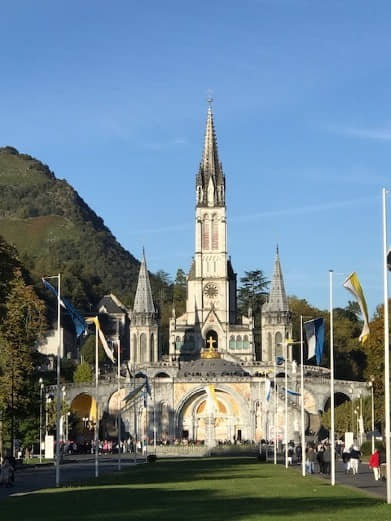
Father Francis M. de Rosa is a priest of the Diocese of Arlington, Virginia. A graduate of Niagara University, the Ateneo della Santa Croce in Rome and Mount Saint Mary’s Seminary in Maryland, he also holds a Licentiate in Sacred Theology from the Pontifical John Paul II Institute for Studies on Marriage and Family in Washington, D.C. He has published articles on bioethics in the Linacre Quarterly and the National Catholic Bioethics Quarterly. He was ordained in 1997 and is the pastor of St. Elizabeth Catholic Church in Colonial Beach, Virginia and St. Anthony of Padua Mission in King George, Virginia.
Featured: “Our Lady of Lourdes,” by Francisco Oller; painted in 1878.
